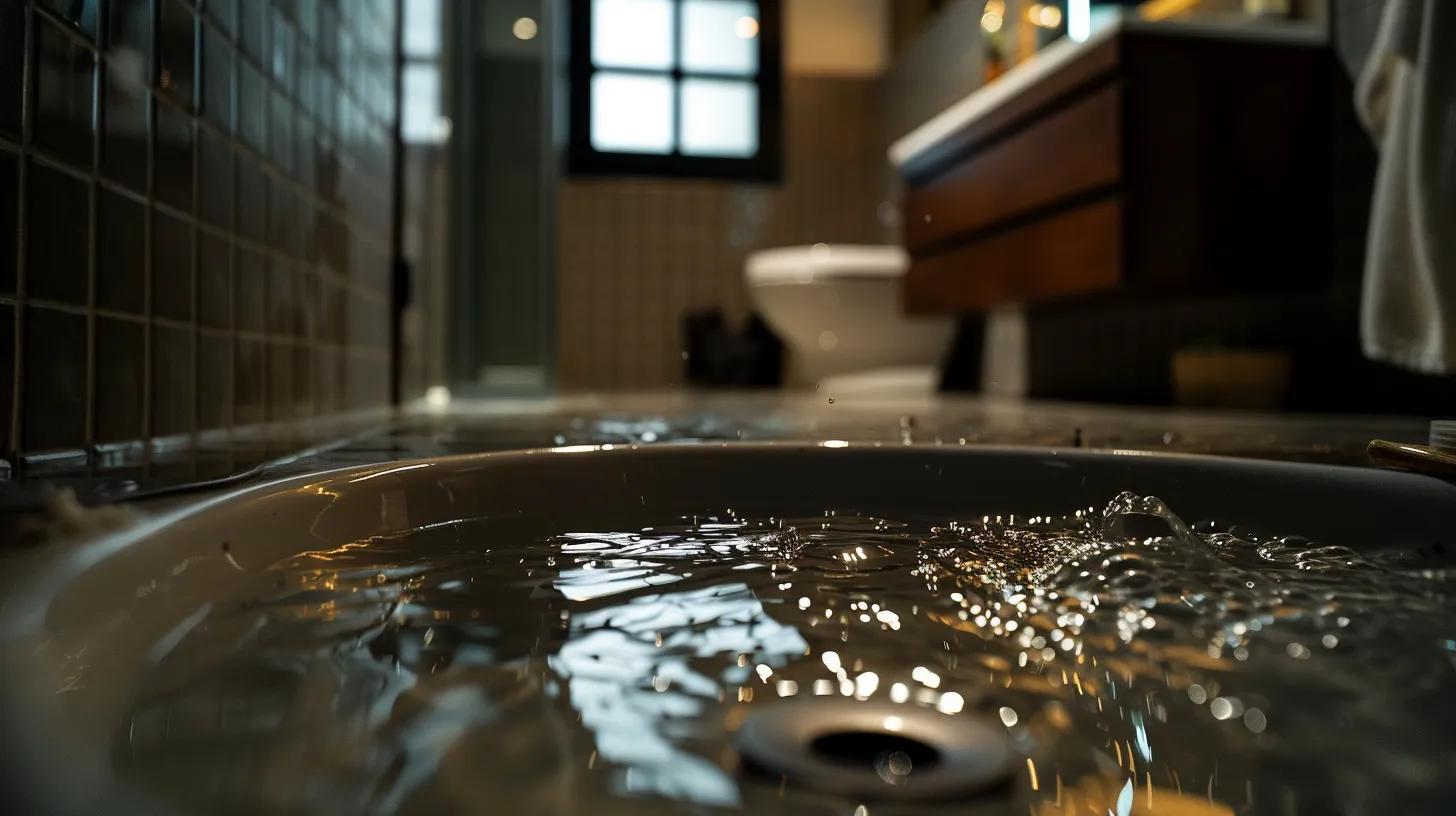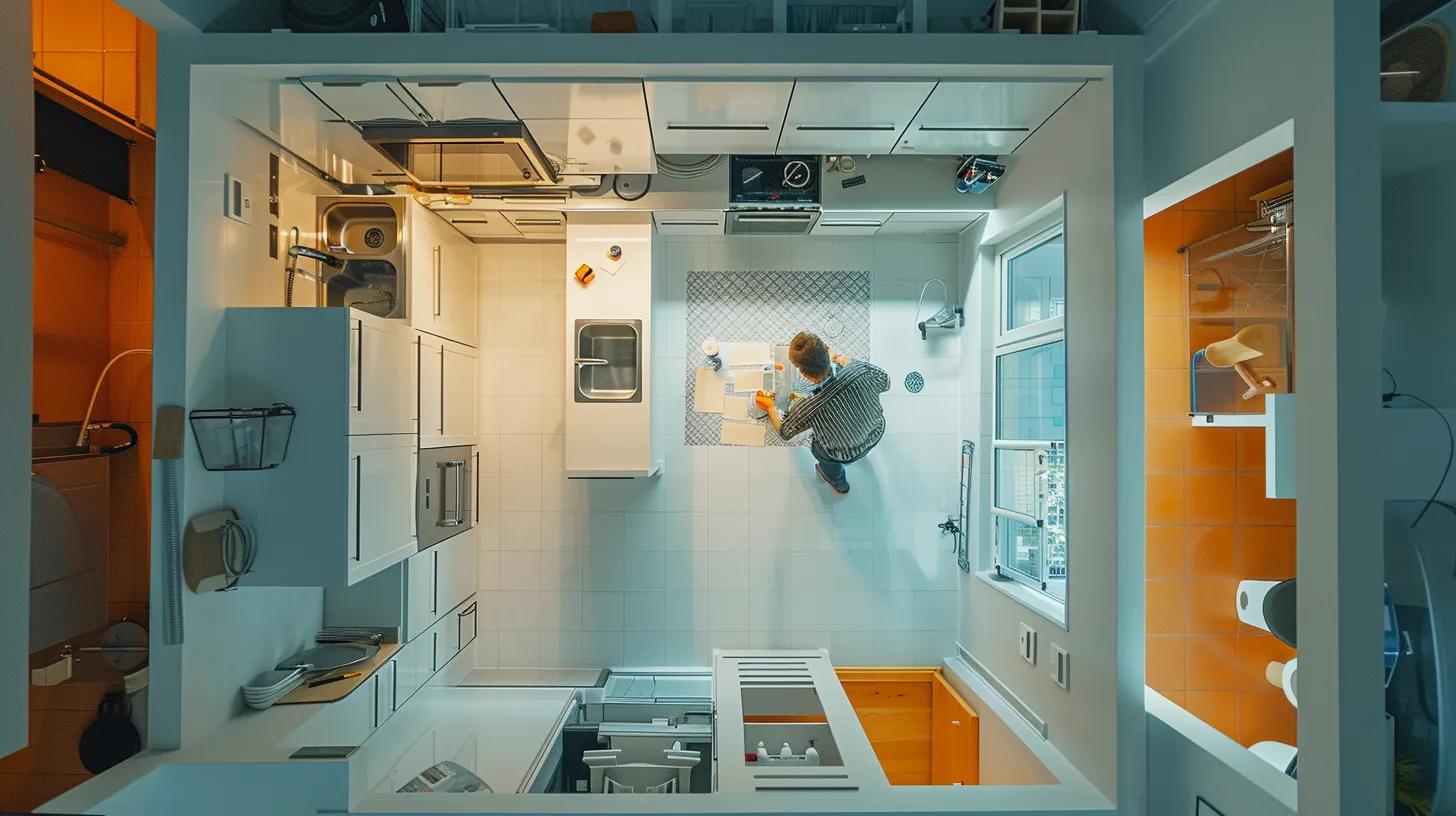Trenchless Drain Replacement Benefits Over Traditional Methods
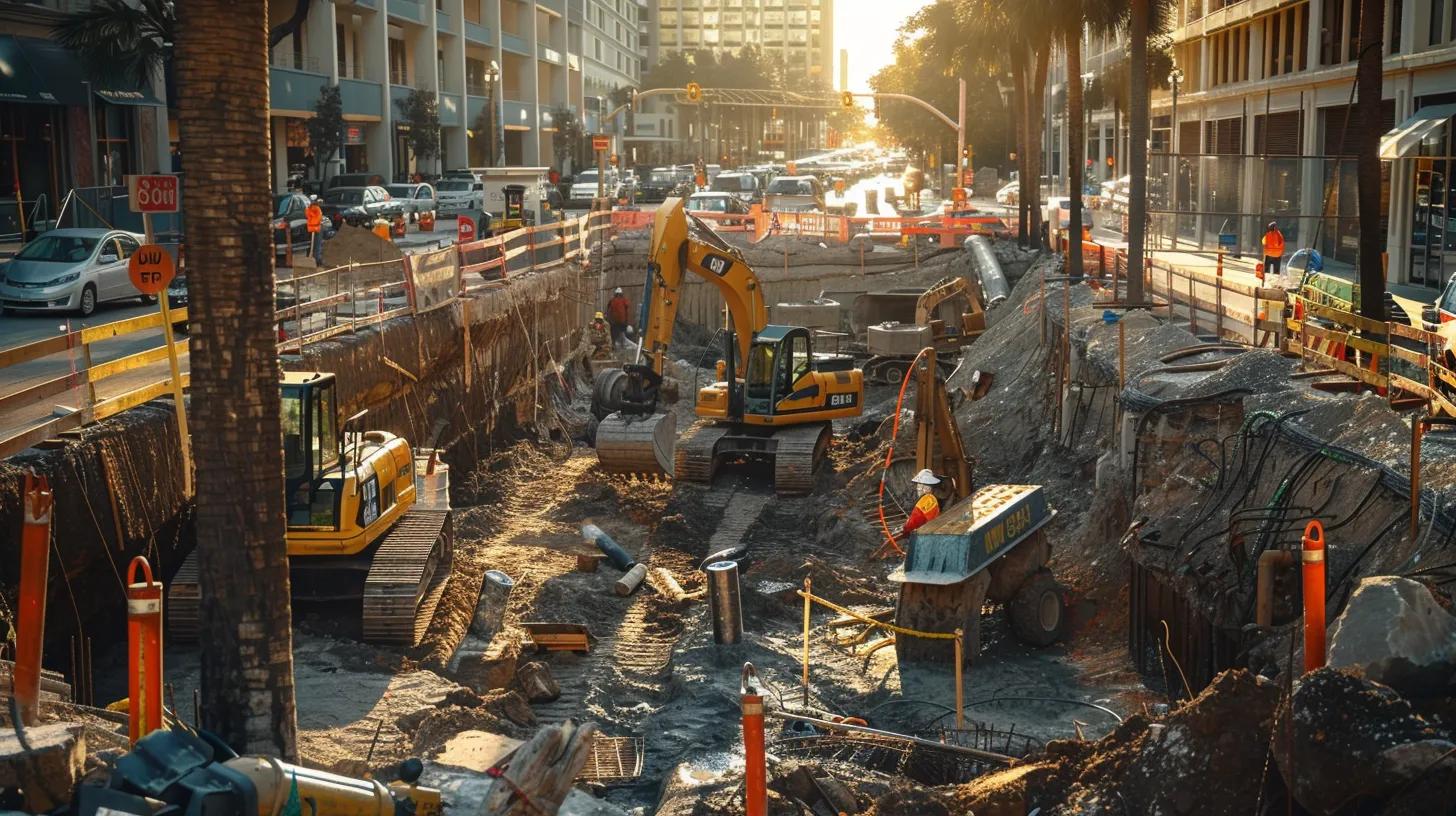
What Is Traditional Drain Replacement and How Does It Work in Tampa?
Traditional drain replacement in Tampa involves excavating the damaged drain to remove old piping and install a new system using proven techniques. This process requires trenching along the entire pipe length, exposing both the pipe and surrounding soil. Contractors remove deteriorated materials and install new pipes with proper bedding and backfill for stability. Although effective—offering full visual inspection and secure repair—the method is invasive, may disrupt landscaping, and generally takes longer due to extensive excavation and restoration work.
What Are the Steps Involved in Traditional Drain Replacement?
Traditional drain replacement starts with a thorough site inspection and planning. Contractors excavate a trench along the affected area, remove the damaged pipe, and prepare the trench for installation of the new pipe. Once laid and connected to existing infrastructure, the new pipe is covered with appropriate materials and compacted soil. Finally, landscaping or paving is restored. Each step is performed in compliance with local building codes and environmental regulations to ensure long-term functionality.
What Are the Pros and Cons of Traditional Drain Replacement?
The main advantage of traditional drain replacement is that it allows direct assessment and complete removal of compromised materials, ensuring a thorough repair. However, the method involves extensive excavation, leading to property disruption, longer project durations, and higher labor costs. Its invasive nature may also damage existing landscaping and structures.
How Much Does Traditional Drain Replacement Cost in Tampa?
Costs depend on factors such as the extent of damage, pipe length, local labor rates, and the need for post-excavation restoration. Homeowners should expect moderate to high costs due to additional expenses from digging, clean-up, and landscaping repairs, with detailed estimates provided after an onsite evaluation.
What Is Trenchless Drain Replacement and What Methods Are Used in Tampa?
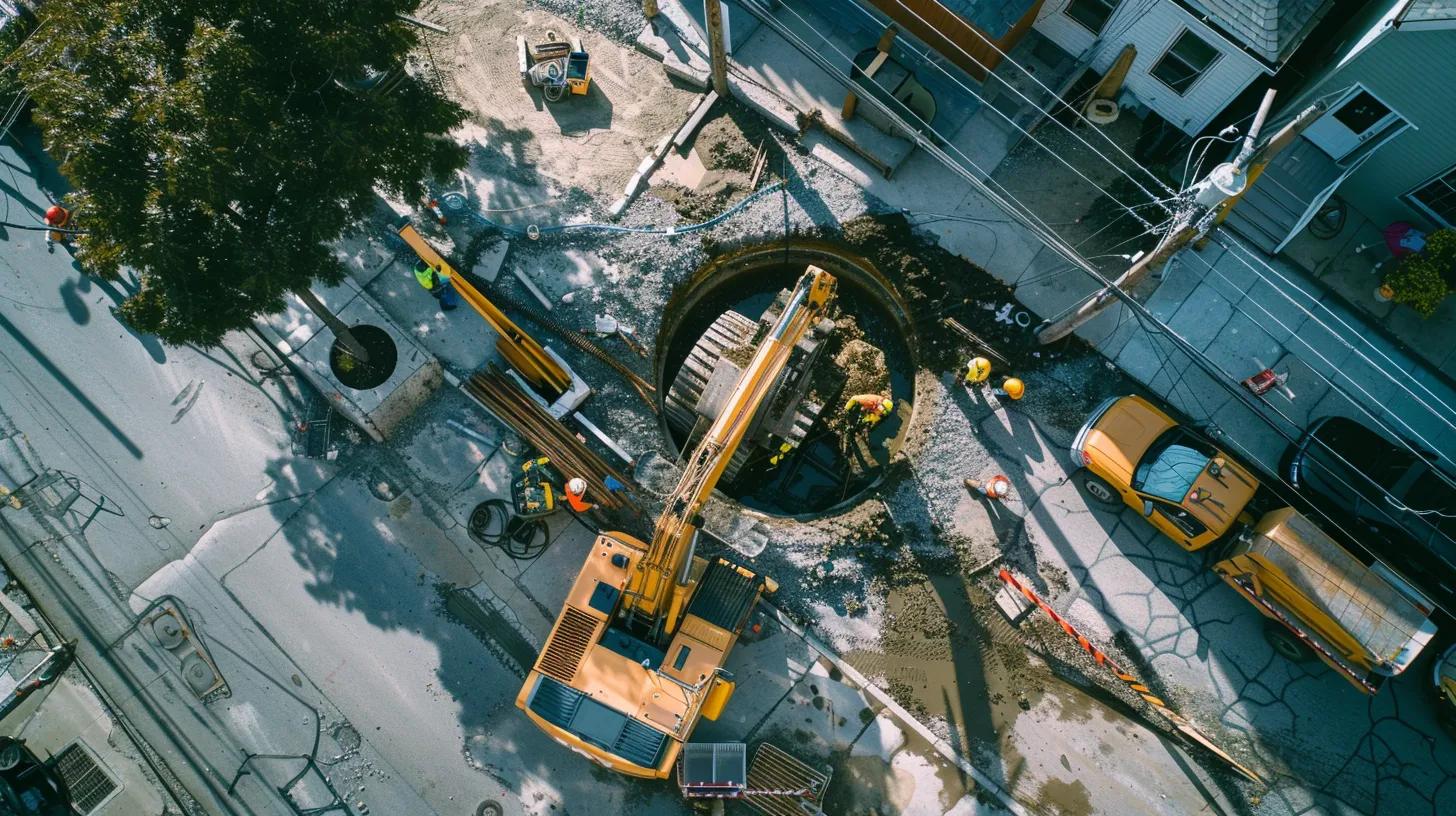
Trenchless drain replacement is a minimally invasive method that repairs or replaces drainage systems without full-scale excavation. In Tampa, this modern technique minimizes property disruption by using only small access pits to introduce specialized equipment. The method reduces cleanup, shortens project duration, and maintains structural integrity with less impact on the surrounding environment.
How Does Pipe Bursting Work in Trenchless Drain Replacement?
Pipe bursting employs a machine that breaks apart the old, damaged pipe while simultaneously pulling in a new, larger-diameter pipe. In Tampa, this method is used when pipes are severely deteriorated or undersized, providing immediate replacement with improved flow and durability while minimizing soil disturbance.
What Is Pipe Lining and When Is It Used?
Pipe lining involves inserting a flexible resin-impregnated liner into the existing pipe. Once cured, this forms a robust new pipe within the old one. It is ideal when the external pipe structure is intact despite internal degradation. Chosen for its cost-effectiveness and minimal environmental disturbance, pipe lining is particularly popular in urban settings and areas where preserving landscaping is important.
What Are the Advantages and Disadvantages of Trenchless Drain Replacement?
Trenchless methods offer significant advantages such as minimal disruption, faster project timelines, and lower associated restoration costs. They also extend the system’s lifespan by using modern materials that resist corrosion and root intrusion. However, they can be limited by severe soil compaction or unforeseen obstacles and may involve higher initial equipment costs. Not every drain issue is suitable for trenchless repair.
How Much Does Trenchless Drain Replacement Cost in Tampa?
While the cost per linear foot may be higher due to specialized equipment, the overall project costs are often lower when reduced excavation and restoration are considered. Homeowners benefit from faster completion and less property disruption, with expenses varying according to pipe diameter, length, and local market rates.
What Are the Key Differences Between Traditional and Trenchless Drain Replacement?
The key differences lie in cost, time, and the degree of property disruption. Traditional methods require full excavation, are labor-intensive, and involve significant post-installation restoration. In contrast, trenchless methods use small access points and advanced repair technology, resulting in a quicker, less disruptive, and often more cost-effective solution.
How Do Cost, Time, and Disruption Compare Between the Two Methods?
Traditional drain replacement generally incurs higher total costs and longer project durations due to extensive excavation and restoration. Trenchless solutions cause minimal disruption and are typically completed faster, reducing both direct labor and indirect repair expenses. Even though the per-foot installation cost for trenchless repairs might be higher, their overall impact on property repairs makes them preferable for many property owners.
Which Method Offers a Longer Lifespan and Better Durability?
Both methods can be long-lasting when properly executed. Trenchless repairs often use advanced materials that offer superior durability, resistance to roots and corrosion, and are backed by robust warranties. Traditional methods, while allowing complete removal of old materials, can be vulnerable if restoration is not perfectly executed.
How Do Tampa’s Soil Conditions and Regulations Affect Each Method?
Tampa’s soil—with high water tables and clay content—can complicate traditional excavation. Local regulations concerning utility access, environmental restoration, and noise further impact traditional projects. Trenchless methods usually face fewer challenges from these conditions, as they require minimal excavation and simpler permitting processes, and are viewed favorably by regulatory agencies.
Which Drain Replacement Method Is Right for Your Tampa Property?
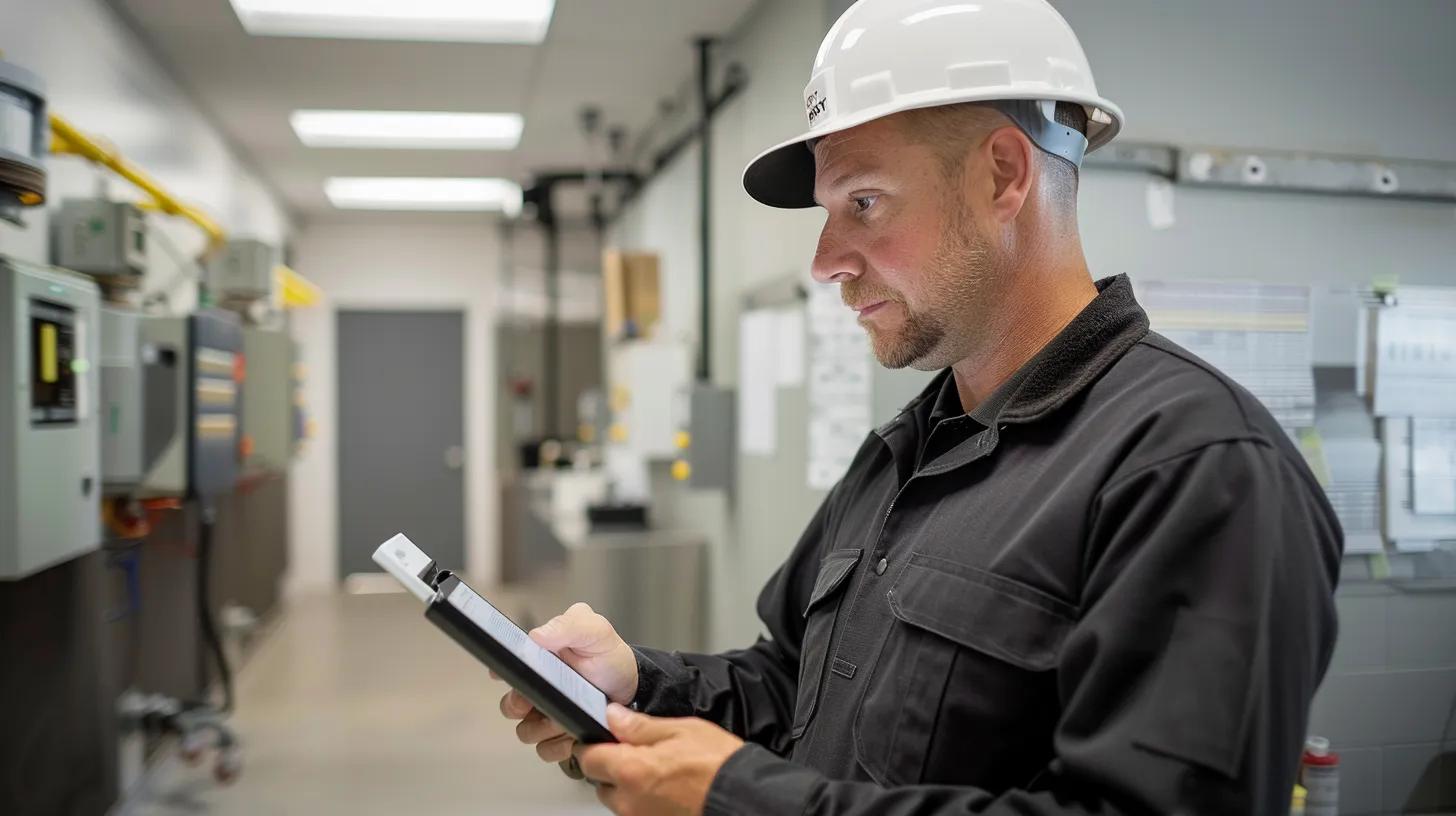
The right choice depends on the extent of drain damage, property type, and budget. Both traditional and trenchless methods have merits, and selecting the best one requires a careful assessment of site-specific conditions and long-term needs.
What Factors Should You Consider When Choosing Between Traditional and Trenchless?
Key considerations include the severity of the damage, soil conditions, property accessibility, and project budget. Homeowners should evaluate the immediate impact on landscaping, potential future repairs, and the overall duration of disruption. Permitting requirements and the need for property restoration also play important roles when selecting a method.
How Do Property Type and Drain Damage Influence Method Selection?
Urban residential properties with limited space and valuable landscaping typically benefit from the less disruptive trenchless methods. In contrast, commercial properties or larger estates may better accommodate the temporary disruptions of traditional repair. The extent of damage is also crucial; widespread deterioration may necessitate full traditional replacement, while localized issues suit trenchless approaches.
Can You Use a Cost Calculator or Quiz to Decide?
Many Tampa service providers offer online calculators or quizzes that consider drain length, damage severity, and property characteristics to provide cost estimates and method recommendations. These tools help homeowners compare expenses and timelines, facilitating an informed decision.
What Are Common Questions About Drain Replacement in Tampa?
Homeowners often ask about the feasibility, timelines, and permitting requirements for each method. Addressing these queries builds trust and helps set realistic expectations for the project.
What Is Trenchless Drain Replacement and Is It Suitable for My Home?
Trenchless replacement is a minimally invasive technique designed to avoid extensive excavation. Its suitability depends on the damage extent and the layout of your property, making it particularly effective for minimizing landscape disruption.
How Long Does Each Drain Replacement Method Take?
Traditional drain replacement can take from several days to weeks, depending on complexity, while trenchless methods are generally completed within a few days. Timelines vary based on site conditions and repair scale.
Are There Permitting Requirements for Drain Replacement in Tampa?
Yes, permits are required for both methods. Local building departments enforce safety and environmental guidelines, and licensed contractors typically manage the permitting process to ensure compliance.
What Warranty and Guarantees Are Offered for Each Method?
Warranty terms can vary by contractor. Trenchless repairs usually offer warranties reflecting modern materials and lower disruption, while traditional repairs focus on the complete removal of old systems and may provide warranties based on thorough visual inspection.
How Are Tampa Drain Replacement Projects Successfully Completed?
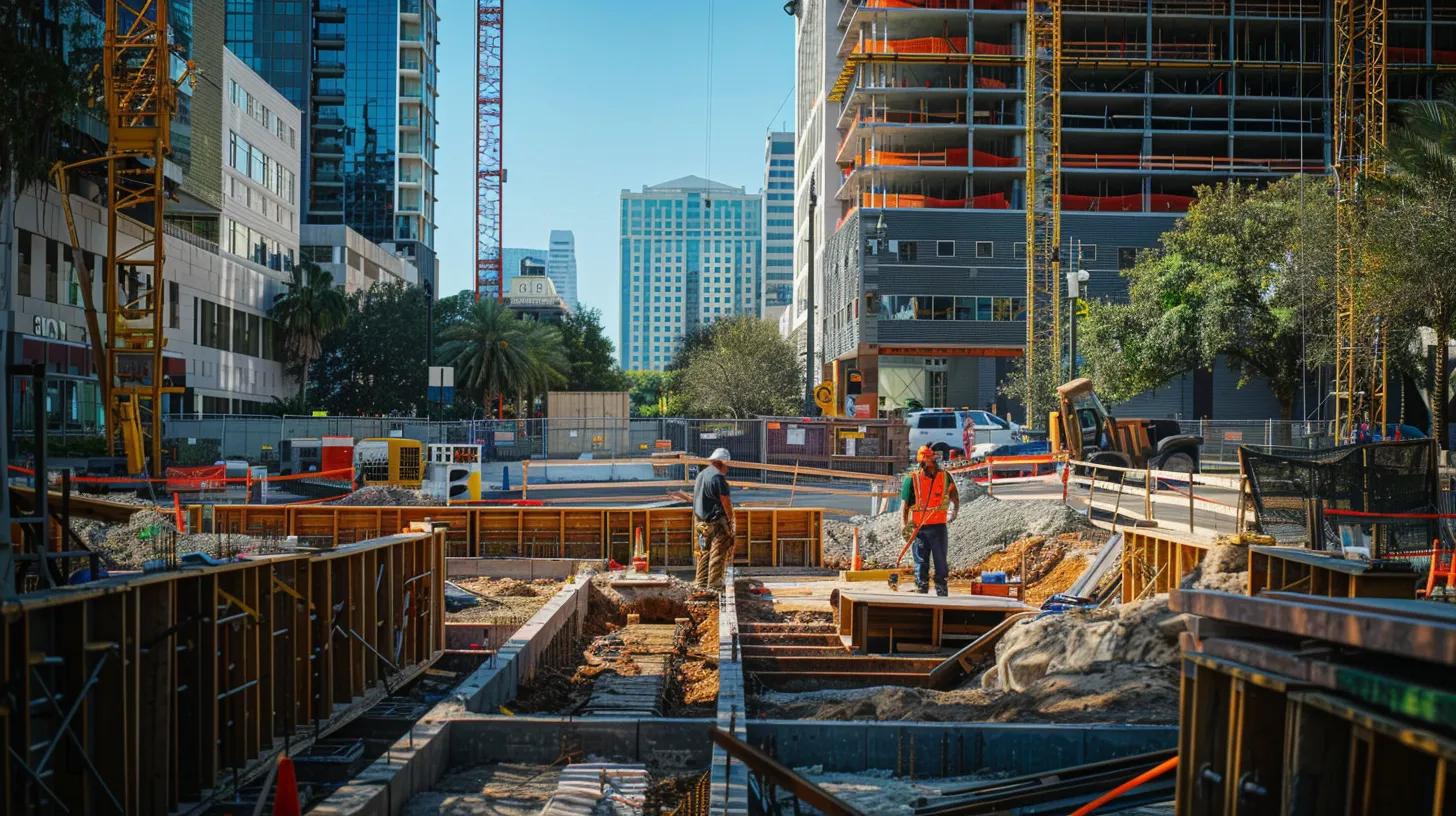
Successful drain replacement in Tampa relies on proper planning, clear communication with experienced contractors, and the effective use of technology. Both methods have been applied successfully in residential and commercial projects, tailored to the unique needs of each site.
What Are Examples of Traditional Drain Replacement Projects in Tampa?
In older neighborhoods where infrastructure is aging, traditional methods have been used to excavate and replace corroded pipes beneath driveways and sidewalks. Direct visual inspections during these projects ensure that all faulty materials are removed.
How Have Trenchless Methods Benefited Tampa Homeowners and Businesses?
Trenchless techniques have reduced disruption and downtime, preserving property aesthetics while improving drainage performance. Homeowners and business owners appreciate the rapid completion and lower restoration costs associated with these methods.
What Expertise Does Tampa Drain Solutions Offer for Both Methods?
Local drain solutions bring decades of experience in both traditional and trenchless repairs. They provide comprehensive assessments, transparent cost estimates, and detailed post-installation documentation to ensure efficient, durable repairs that comply with local building regulations.
What Are the Environmental and Market Trends Affecting Drain Replacement in Tampa?
Environmental concerns such as soil erosion, water management, and urban sustainability are increasingly influencing drain replacement choices in Tampa. Contractors are adopting eco-friendly methods that minimize excavation waste and environmental impact.
How Is Trenchless Technology Growing in Tampa and Beyond?
Trenchless technology is growing rapidly in Tampa due to its efficiency and low environmental impact. Its quick repair capabilities and reduced restoration costs have attracted both municipal and commercial projects, aided by ongoing technological advancements.
What Environmental Benefits Does Trenchless Drain Replacement Provide?
By reducing large-scale excavation, trenchless methods minimize soil disruption, water runoff, and damage to vegetation. This preservation of the natural landscape also leads to lower noise and dust pollution, making it a favorable choice in environmentally sensitive areas.
How Do Cost Savings Influence Tampa Property Owners’ Choices?
Despite a higher upfront cost per foot, the reduced labor, shorter project duration, and minimized restoration work often result in lower overall expenses. These cost savings, combined with less environmental impact, make trenchless repairs an increasingly attractive option.
Frequently Asked Questions
Q: What are the main differences in project duration between traditional and trenchless drain replacement? A: Traditional methods take longer due to extensive excavation, while trenchless repair is typically completed within days, minimizing downtime.
Q: Can trenchless methods be used for all types of drain damage? A: Trenchless technology is best for localized damage; severe structural issues may still require traditional excavation and full replacement.
Q: Do both methods require permits in Tampa, and who manages this process? A: Yes, both methods require permits. Licensed contractors in Tampa manage the permitting process to ensure compliance with local regulations.
Q: Which method offers better aesthetic outcomes for residential properties? A: Trenchless replacement minimizes disruption to landscaping and driveways, often providing superior aesthetic outcomes.
Q: How do warranties compare between traditional and trenchless drain repairs? A: Trenchless repairs generally include warranties reflecting advanced materials and lower disruption, whereas traditional repairs focus on complete removal of old systems with warranties based on detailed inspection.
Final Thoughts
Traditional and trenchless drain replacement methods each offer distinct advantages and limitations for Tampa properties. While traditional replacement provides thorough inspection and complete pipe removal, it is more invasive and time-consuming. Trenchless solutions reduce property disruption, speed up repairs, and decrease overall environmental impact. Homeowners should carefully consider cost, property type, and local conditions before deciding on the optimal method, and consulting experienced professionals is key to ensuring both immediate repair needs and long-term durability are met.



